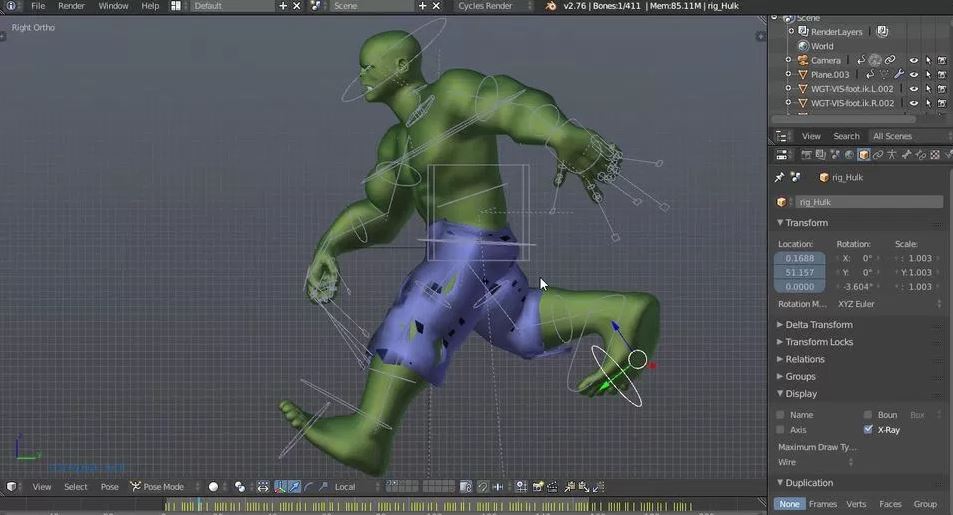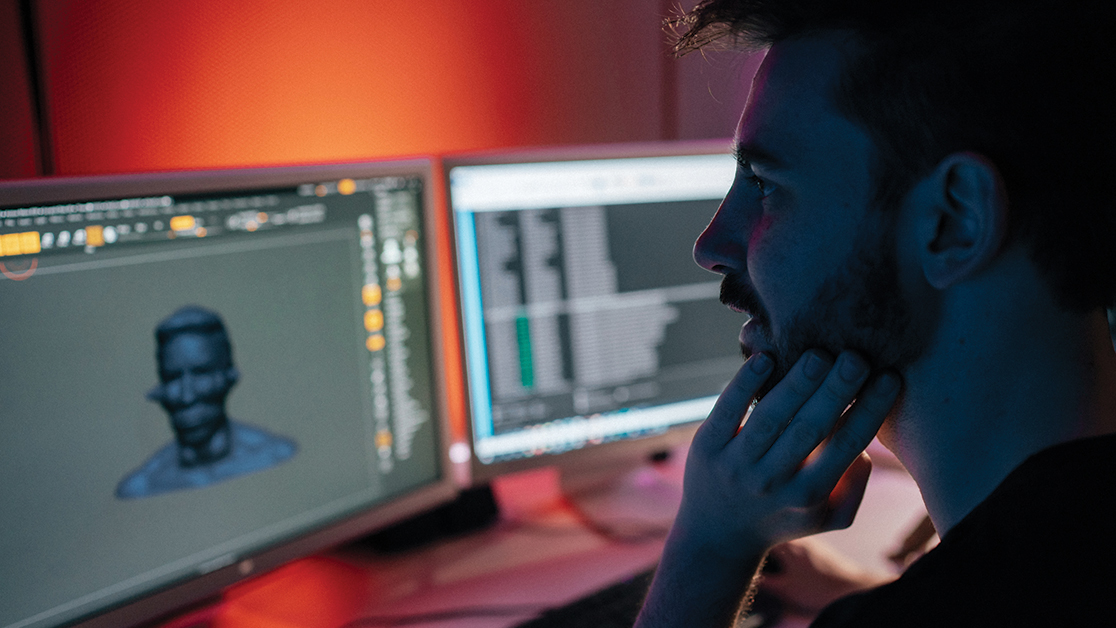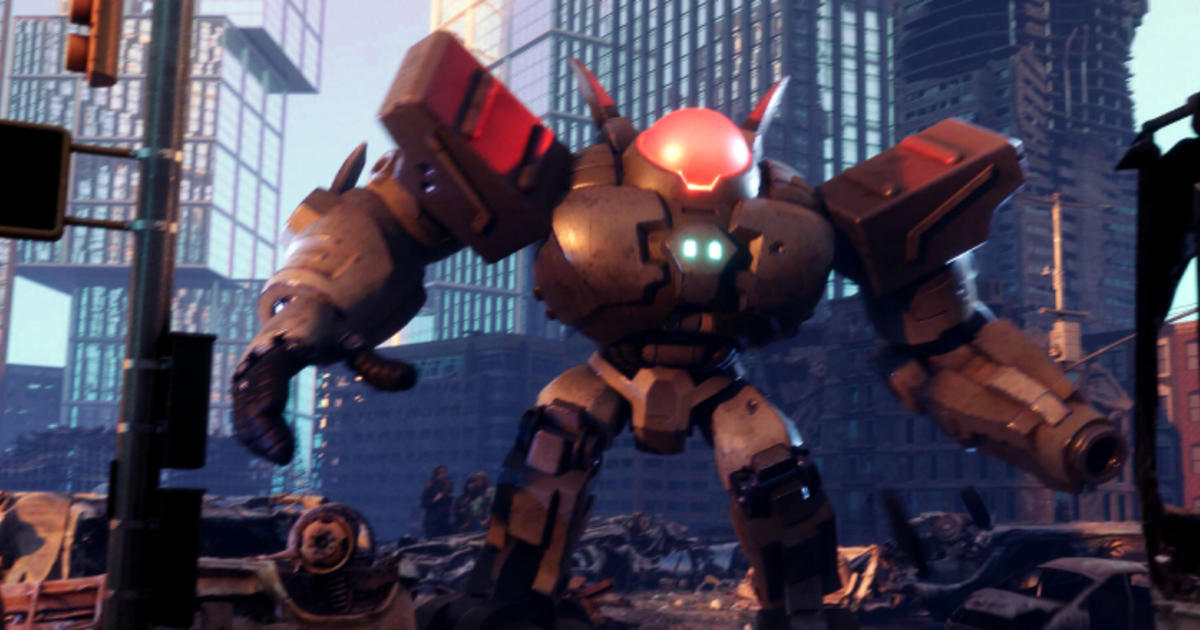
Immersive gaming experiences hinge on exceptional graphics. Mastery of texturing, a pivotal aspect of game animation, can transform basic structures into visually arresting landscapes.
This article elucidates the top five texturing techniques, from digital painting to procedural and photorealistic texturing. Harness these innovative approaches to elevate your game design and captivate your audience with stunning, realistic visuals.
Read on to unlock the potential of texture application in game animation.
Understanding the Basics of Texture in Game Animation
Routinely, game animators must have a fundamental understanding of texture application to create visually compelling and realistic gaming environments. In such an endeavor, grasp of texture mapping basics is crucial. This technique, which involves wrapping 2D images around 3D objects, aids in imparting depth and detail to simplistic models, thereby enhancing their visual quality.
Shader utilization further amplifies this effect. Shaders modify and manipulate the colors of mapped textures, controlling how light interacts with the surface. They can create an array of effects - from a shiny metallic finish to a soft, diffused look.
This intricate process of texture mapping and shader utilization is vital for crafting immersive game environments, pushing the boundaries of innovation.
Exploring the Role of Texturing in Game Visuals
The intricate art of texturing plays a pivotal role in defining the visual aesthetics and immersive experience of a video game, and therefore, deserves a detailed examination. Texturing not only enhances the visual appeal but also contributes to the game's performance.

Texture mapping challenges often arise due to the complex nature of creating realistic textures that also maintain game performance. The impact on game performance can be significant if texture mapping is not optimized, causing lag and frame drops. Innovative solutions for texture management can improve both the visual quality and the performance of the game.
Textures contribute to the overall gaming experience by creating depth, enhancing mood, and providing visual cues to the player.
Mastering these aspects of texturing can significantly elevate the quality of game visuals.
Technique One: Digital Painting for Texturing
In the realm of game animation, digital painting stands as a fundamental technique for applying textures, and serves as an essential skill for any aspiring game designer.
Digital painting, with its array of brush techniques, allows for the creation of lifelike textures that elevate the visual aesthetics of a game. These brush techniques in digital painting range from broad strokes for large areas to detailed ones for precise texturing.
Advancements in digital painting software have further enhanced this process, offering tools that mimic real-world effects. Sophisticated features like layering, blending modes, and customizable brushes enable artists to create textures with depth and realism.
Thus, mastering digital painting for texturing is a crucial step in creating visually stunning and immersive game environments.

Technique Two: Procedural Texturing in Game Animation
Procedural texturing, a paramount technique in game animation, relies on algorithms and mathematical functions to generate textures for 3D models. This approach offers a myriad of procedural generation benefits, including adaptability, dynamism, and a more efficient use of memory and processing power.
Below are key elements of procedural texturing:
- Algorithmic Creation: Complex algorithms create detailed and unique textures.
- Texture Mapping Techniques: These offer control over how textures wrap around 3D models.
- Infinite Variability: Procedural generation can produce an endless variety of textures.
- Memory Efficiency: Procedural texturing requires less memory than bitmap texturing.
Technique Three: Photorealistic Texturing: A Deep Dive
Photorealistic texturing, essential for creating lifelike game animations, relies on high-resolution images and sophisticated software tools, and it requires an in-depth understanding of material properties, lighting, and shading.
However, it is not without its Photorealism Challenges. Texture Optimization is a key aspect to consider as large, high-quality textures can strain system resources, potentially compromising performance. The aim is to maintain balance between realism and efficiency.
Advanced techniques, such as physically-based rendering (PBR), can help achieve this by simulating how light interacts with surfaces in the real world. Additionally, UV mapping ensures textures conform correctly to 3D models.
The result? A more immersive, realistic gaming experience that pushes the boundaries of what's possible in animation.
Frequently Asked Questions
What Are the Best Software Tools for Mastering Game Animation and Applying Textures?
Software tools like Blender for 3D modeling, Substance Painter for texture mapping techniques, and Unity for game animation trends, are pivotal for mastering game animation and applying innovative, high-quality textures.

How Much Time Does It Typically Take to Apply Textures to a Game Character or Environment?
The timeframe for applying textures to a game character or environment varies widely, depending on the complexity of the textures and the use of techniques like texture layering and customizing texture maps.
Are There Any Online Courses or Tutorials That Can Help Me Improve My Game Texturing Skills?
Yes, numerous online platforms offer courses to enhance your game texturing skills. These tutorials encompass texturing techniques evolution and provide texture creation inspiration, vital for innovative and visually appealing game development.
How Can I Optimize the Use of Textures in My Game to Ensure It Runs Smoothly on Various Platforms?
Optimizing textures for smooth game performance across platforms involves strategic use of Texture Scaling and Texture Streaming. These techniques allow for efficient texture rendering while reducing memory usage, ensuring seamless gameplay on diverse systems.
How Do I Handle the Challenges of Creating Textures for a Game That Is Meant to Be Played in Virtual Reality?
To address challenges in VR texture creation, focus on enhancing texture realism in VR. This involves prioritizing high VR texture resolution and optimizing it for different viewing distances, ensuring immersive and fluid graphics.
 Digital Art InstructionDIY Infographics DesignMobile Game ArtworkPersonalized Logo Design3D AnimationeBook Covers DesignPrivacy PolicyTerms And Conditions
Digital Art InstructionDIY Infographics DesignMobile Game ArtworkPersonalized Logo Design3D AnimationeBook Covers DesignPrivacy PolicyTerms And Conditions
